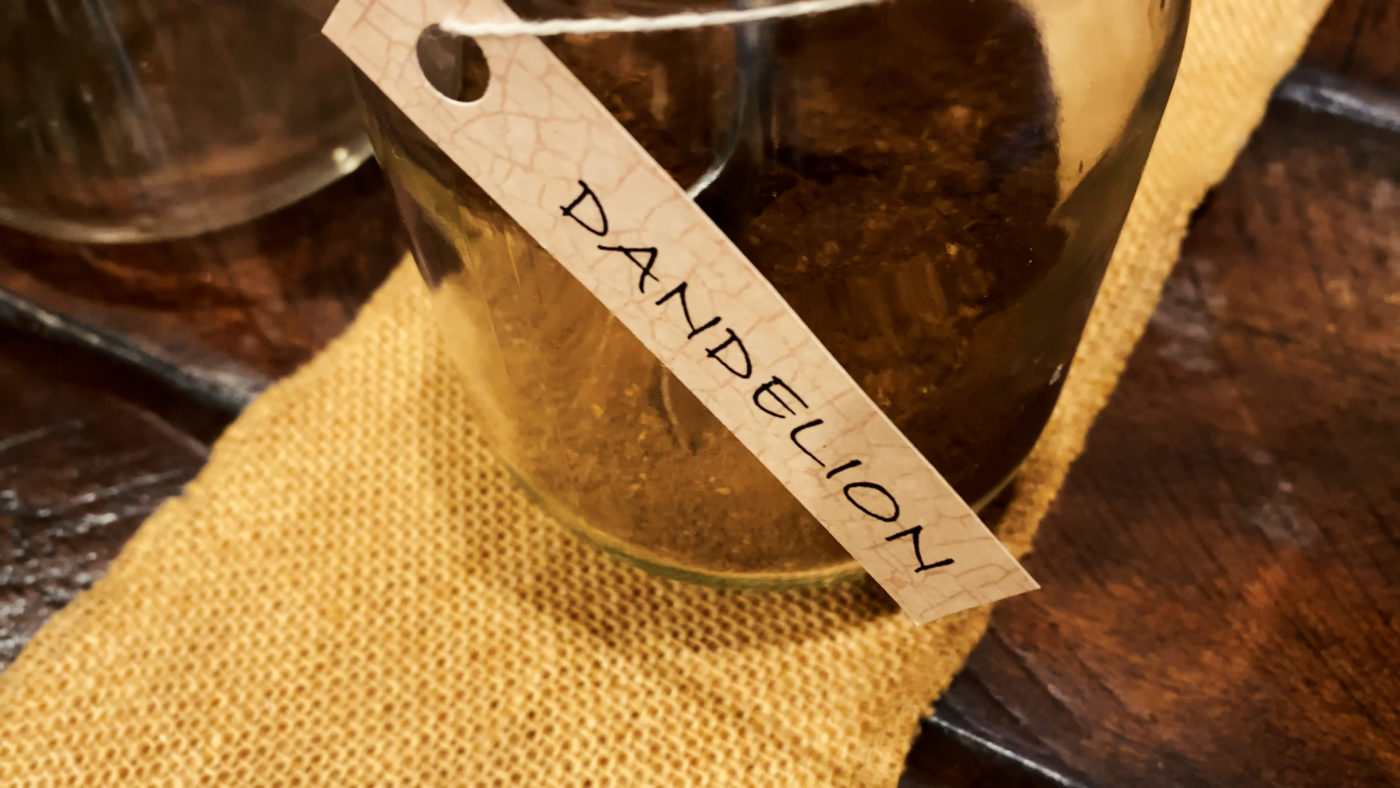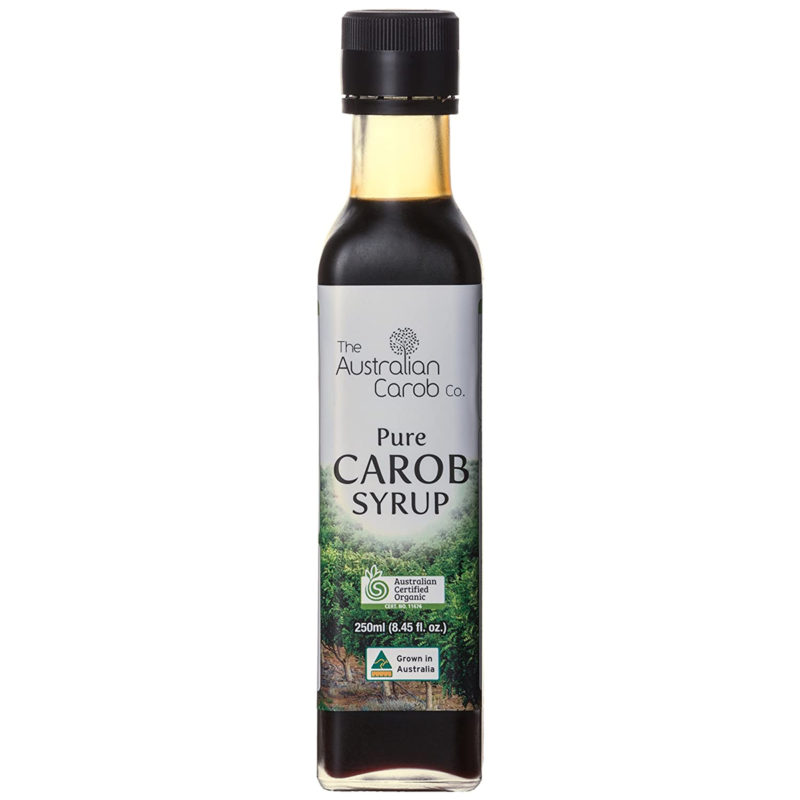Naturally caffeine-free coffee substitutes. Let’s take a look at the seven best coffee alternatives that look and taste just like coffee so that you can savor the moment with a delicious drink.
Most of the coffee alternatives you’ll find here can be made using the same methods you would use for brewing actual coffee. Some adjustments have to be made if you want to use an espresso machine, and we will look at it later in the article. You can brew any of these coffee alternatives just as they are or combine several, creating your own signature brew.
7 BEST COFFEE SUBSTITUTES
coffee substitutes
These links will take you to a different website (like Amazon, etc.). If you purchase things you love using these links, I may receive a tiny commission that helps me to keep this project going at no extra cost to you. Thank you for supporting the Positive Pranic project.

coffee appliances
Roasted French Chicory Root Coffee Substitute
The first natural coffee substitute we will look at today is well known around the globe, and it is Chicory root. Chicory is a beautiful flowering plant, and its root has been used for centuries in Europe as a coffee substitute.

Chicory root is a great source of inulin, which is a prebiotic and is an excellent food for your gut-friendly bacteria. By brewing chicory root, you are naturally extracting inulin and supplementing your gut flora.
This one is a premium dark roast; I love the full-body taste and flavor it carries. Dark roast French chicory coffee I make very often.
You can use any of your favorite methods to prepare French Chicory coffee
Sometimes I make chicory coffee in the espresso machine. For that, there are a couple of things to remember – first, the chicory root has to be coarsely ground (not like actual coffee, you know, for espresso it has to be ground really fine), you should not pack your chicory root, and do not fill the cup to the top. Because chicory root is very fibrous when in contact with hot water, it expands rapidly and will clog the device.

I love the taste of chicory espresso and the nice thick foam it offers. It is incredibly satisfying. All it needs is a sweetener of your choice. I love to have it with some date sugar.
You need one tablespoon of chicory for two espresso size cups if using an espresso machine or espresso Moka pot.

If using a drip coffee maker or French press, use from 1 to 2 tablespoons of chicory, depending on how strong you like it.

I like to finish my chicory coffee with a sprinkle of cinnamon. For sweetener, I choose to use Australian pure organic carob syrup. Carob syrup has a low glycemic index and a lovely chocolaty taste, making it a healthy alternative to sugar.

sweeteners
Dandelion Root Coffee Alternative
The next Coffee substitute is – Dandelion Root – Absolutely delicious! In Ukraine, we love dandelions. They are everywhere, cheering out everybody with their bright yellow flowers, providing an endless supply for little girls to make flower-crowns.

Every part of this plant is used for its enormous medicinal properties. My grandma used to make a most delicious jam out of yellow dandelion flowers.
In traditional European herbalism, Chinese and Native American medicine, dandelion root has long been used as a digestive aid and to treat stomach and liver conditions, just to name a few.

You can use dandelion root to make tea or coffee. You can purchase it raw or roasted. I’m using organic dandelion root from Bulgaria. It comes unroasted, so I have to roast it myself.

You can roast it to your liking. I love to roast my dry dandelion roots on the cooktop; I feel I have more control over the roast this way. You want the roots to be dark brown, resembling roasted coffee bean color. Roast on medium heat, mixing continuously. Once dandelion root pieces are nicely browned (but not burned), remove them from the heat and transfer to a large flat plate to cool.
After they are cooled, you can grind on a coarse setting in your coffee grinder. You can make it using any of your favorite coffee-making methods.

I’m making dandelion root coffee using my pour-over dripper brewer. To make 2 cups of dandelion coffee, I’m using two tablespoons of coarsely ground roasted dandelion root.
Date sugar is the sweetener of choice this time—a touch of cinnamon and a little sprinkle of date sugar to finish it off. Dandelion coffee has an elegant chocolate aroma and taste—time to enjoy.

Roasted Barley Coffee Substitute
The next naturally caffeine-free coffee substitute is – Roasted Barley (also known as Orzo in Italy, Mugicha in Japan, and Damicha in China)

Roasted barley coffee alternative is loved and is a common drink in Italy, Japan, Korea, and China. In Italy, they brew it dark and rich like espresso. Italians call it Caffè d’ orzo, and you can order it anywhere they serve coffee. It makes a perfect after-dinner dessert beverage, as it contains melatonin and tryptophan, both of them known to promote restful sleep.
In Japan, roasted barley drink (called Mugicha) is steeped more like tea and served hot in winter and cold in summer. This barley drink is believed to be cleansing and purifying, improves blood circulation, aids digestion, and has a cooling effect on your body.
I love to make my barley coffee in an Espresso Moka pot or in a regular espresso machine. It naturally creates a nice and thick foam. Roasted barley has to be coarsely ground. Fill the portafilter half-way and don’t pack it down. I’m adding a little bit of roasted cumin for an additional flavor.

Ramon Seed Coffee Substitute and Roasted Carob coffee alternative
Mayan Nut or Ramon seed (also known as breadnut, ojite, ojushte, ujushte, and capomo).

Scientifically the Maya nut is not actually a nut, but a drupe, sort of like a tiny coconut. The cool thing about Ramon seeds is that they do not contain tree allergens like almonds, walnuts, and pecans because they are the seed of a fruit, not a tree nut.
The Ramón tree is a member of the fig family, which also includes mulberry trees; they grow in Central American rainforests.
I love to combine Ramon seeds with another coffee substitute – Roasted carob coffee alternative. Even though each of them can be brewed separately, I think they are a great complement to each other. My favorite way to brew Ramon and carob coffee alternatives is by using a French press.

Roasted Fig Coffee Alternative
Now to the organic roasted fig coffee alternative. This naturally caffeine-free coffee substitute you can always spot in my kitchen. I absolutely love the aroma, the taste, and the rich and velvety texture of roasted fig coffee alternative.

Figs are a natural alkalizing energy food that is high in antioxidants and known to support digestive and respiratory health.

You can brew it in different ways, but it will not work in an espresso machine or Moka pot. Most often, I brew my roasted fig coffee using a French press. The fig coffee has a mildly sweet taste, and I feel like date sugar is the perfect mate for this drink, adding additional sweetness and boosting energy levels.

Roasted Chickpeas Coffee Substitute
The next coffee substitute is Roasted Chickpeas. This coffee alternative goes back hundreds of years and is a popular hot beverage in Europe and Turkey.


Roasted Chickpeas coffee alternative has quite a neutral taste. I love to use carob syrup to add some chocolate flavor and sweetness, homemade frothed cashew milk for a smooth and silky texture, and some date sugar to sweeten the first sip.
I’m using warm frothed homemade cashew milk; check my previous videos to see how I make it. I am adding flavor and sweetness with molasses.

What about you?
What kind of coffee substitutes did you try? What was your experience?Leave a comment below and share a picture of your coffee substitute on Instagram with the hashtag #positivepranic @positivepranic, so I can see your beautiful creation 🙂 🙏
Be Alive 🌱,
❤ Love, Julia





































I just found your site. I have had fibro/CFS for 30 years. I’m encouraged by your story. I found your site looking to change my eating habits. Thank you, Brenda